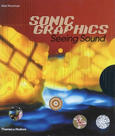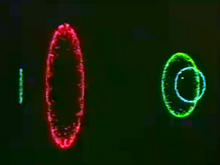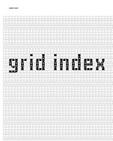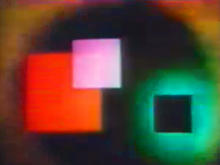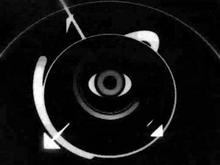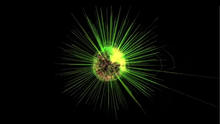Magnetosphere, revisited
(2007)directed by Boston-based Robert Hodgin reacts to sound volume and speed. Built with Processing. Trentemøller's audio is pretty much the perfect medium to send into this effect, with the slow melody and build up.
The Flight404 blog gives you a little insight into the process behind each work, with generous linkage and occasional bits of source code that can help you start thinking like a Processing pro. Robert’s work is just the tip of the iceberg. Thousands of visualists are using Processing for everything from performance art to mapping the human genome. But I think Robert's sensitivity to music and ambiance create a nice entry point into the world of a programmatic visualization for the uninitiated.
Source: Motionographer


